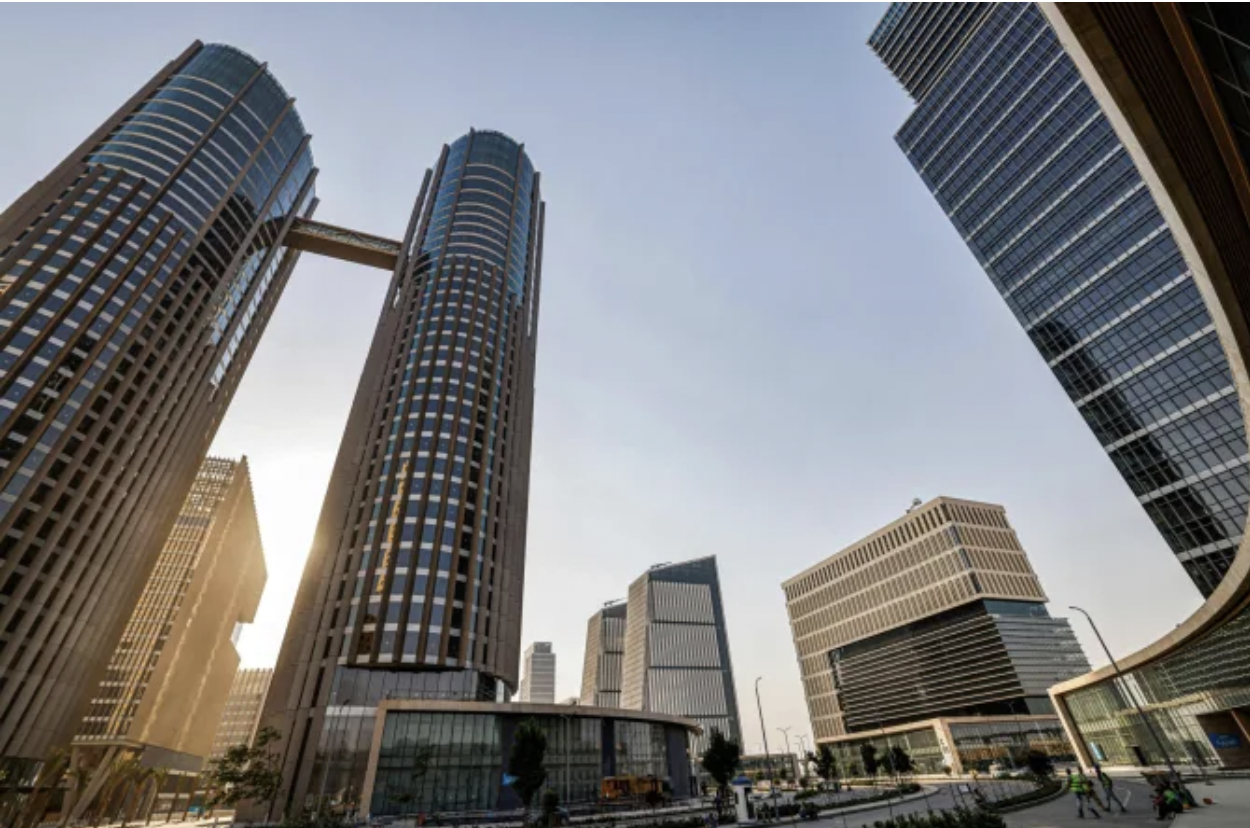Egypt's Innovative Hydrogen-Powered Skyscraper in the Making
Key Ideas
- The Forbes International Tower in Egypt's New Administrative Capital plans to be powered by 75% hydrogen and 25% photovoltaics, aiming for a net-zero carbon footprint.
- The use of hydrogen in architecture, particularly at this scale, is a novel approach to reducing emissions and promoting sustainability.
- Other innovative energy solutions in skyscrapers include gravity power storage systems and pumped storage hydropower, showing a trend towards sustainable design in high-density environments.
- Egypt's New Administrative Capital, a smart city near Cairo, is focused on sustainable development and attracting domestic and international businesses with its eco-friendly initiatives.
Egypt's 'New Administrative Capital' near Cairo is set to host the innovative Forbes International Tower, a 240-meter tall office building designed to be powered by hydrogen and solar panels. The tower is part of a trend in net-zero architecture, aiming for a net-zero carbon footprint with a focus on sustainability. By using materials with low-embodied carbon and implementing water recycling and treatment on-site, the building plans to reduce its construction carbon footprint by 58%. The goal is to achieve a 'net-negative carbon vision' over the skyscraper's lifecycle, potentially becoming the first to receive the Zero Carbon Certificate. The project, led by Magnom Properties, showcases the potential of hydrogen as a clean and renewable energy source in architecture. The partnership with Schneider Electric and H2 Enterprises to explore LOHC technology signifies a commitment to using innovative solutions for power. Additionally, the city is witnessing other energy-efficient architectural designs like gravity power storage systems within skyscrapers. With a focus on sustainable development, the New Administrative Capital aims to attract businesses with its eco-friendly initiatives, aligning with global efforts towards a greener future.
